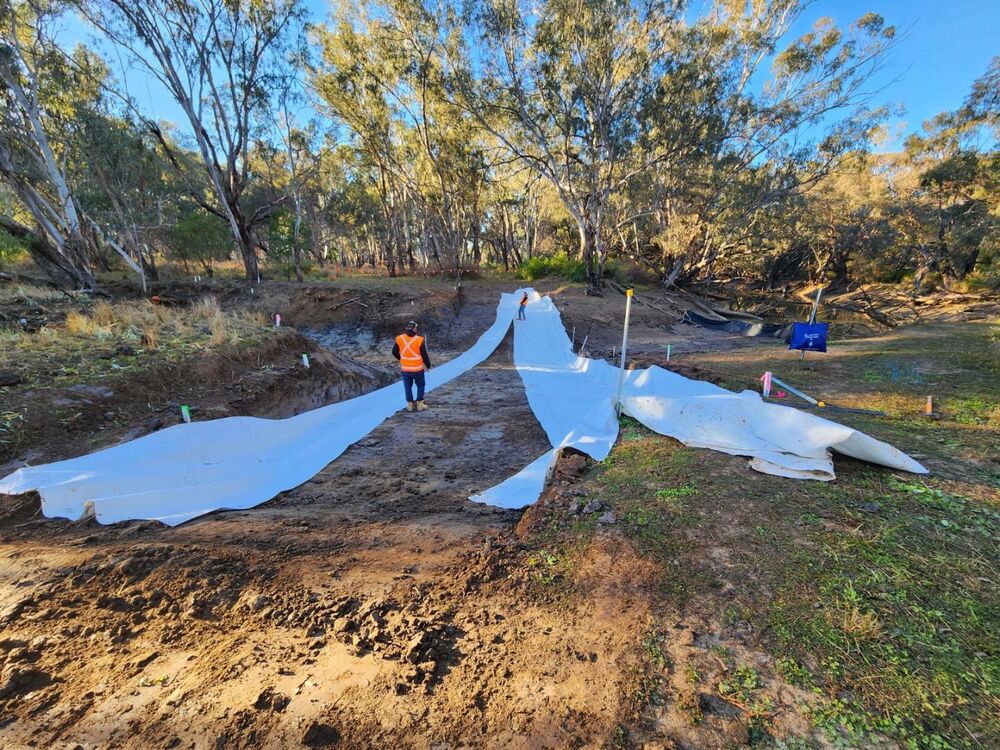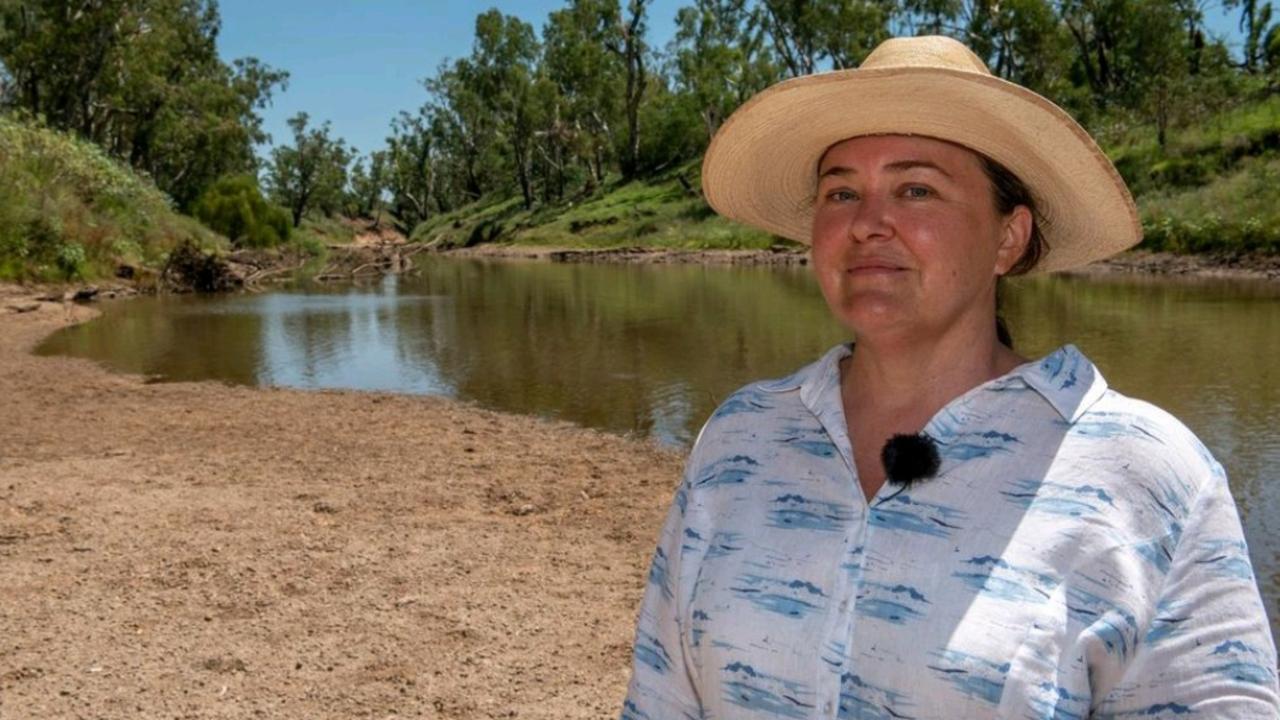NSW Government restores riverbed at Oxley Break Number 3
Lily Plass
09 July 2024, 3:40 AM
 Oxley Break Number 3 Riverbed Restoration. Credit: NSW DCCEEW
Oxley Break Number 3 Riverbed Restoration. Credit: NSW DCCEEWRestoration works at Oxley Break Number 3, eighty kilometers north of Warren in the Macquarie Marshes are complete.
The works took a week and a half to complete starting on 24 June and finished on 3 July.
“This work is fantastic news for the Marshes. It’ll help deliver significant environmental benefits and mean better connectivity throughout the southern system, allowing operators to more effectively deliver water where it’s needed at crucial times," Andrew Lavelle, NSW DCCEEW Director of Infrastructure Projects said.
Over the past two decades, the stream channel has widened and deepened, taking flows from the Macquarie River.
The restoration works include reinstating the rock bed level to its state 10 to 15 years ago across 600 square meters.
"The NSW government is doing really important work right now," Mel Gray Water Campaigner at the NSW Nature Conservation Council said.
Mel Gray on the Macquarie River in 2021. Source: Newscorp Australia
Ms Gray said restoration works will have to continue to compensate for the erosion in the heavily regulated system.
"Works like this are going to be necessary to make sure that we can get water spread out across the country as much as possible like it would have been before irrigation."
"At the moment, an environmentally unsustainable level of water has been licensed through flood plain harvesting."
"The solution is to make sure over time that irrigation is brought down to sustainable levels."

Workers doing restoration at the Macquarie Marshes Credit: NSW DCCEEW
Ms Gray said the water in the Macquarie Marshes had gone down by two-thirds since the start of irrigation.
Less water means that the soil becomes dry and more fragile.
An extra 100 megalitres of water should now reach the southern Macquarie Marshes every day, according to NSW Department of Climate Change, Energy, the Environment, and Water (NSW DCCEEW)
"We have to make sure every drop gets out there and runs across the floodplain, runs across the wetland, out of the channel," Ms Gray said.
Garry Hall President of the Macquarie Marshes Landholder Environmental Landholders Association said the restoration works are long overdue.
"The overriding cause of the issue is that what was a natural stream is now a highly managed stream and the river operator and the NSW government have been negligent in their attempt to address these issue."
"When it takes so long to have any works completed, it just keeps getting worse and worse."
The project was part of the Northern Basin Toolkit measures being delivered across NSW intended to improve and maintain healthy rivers and floodplains.
NSW DCCEEW is currently surveying sites further north along the Macquarie River.




